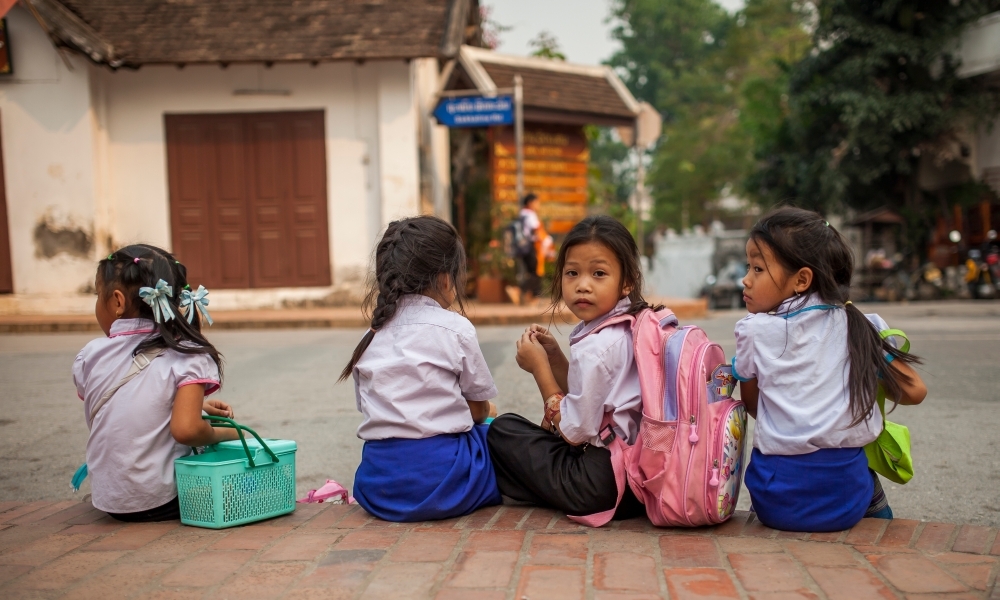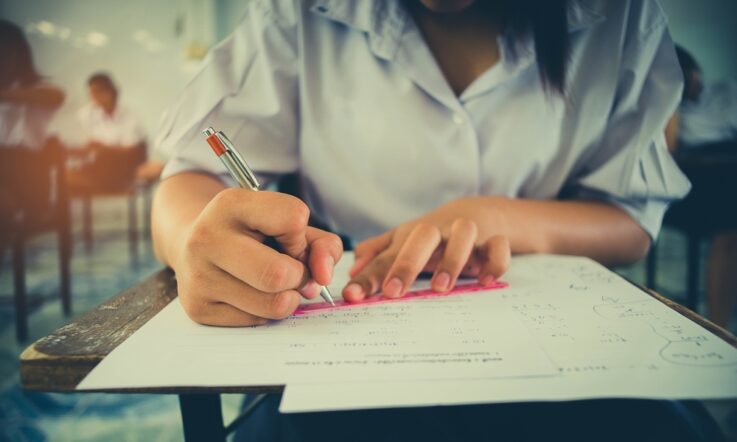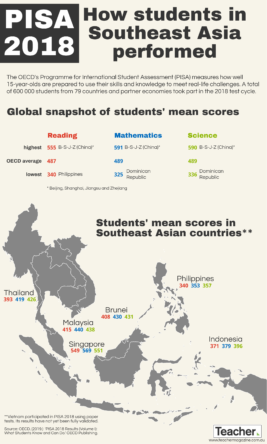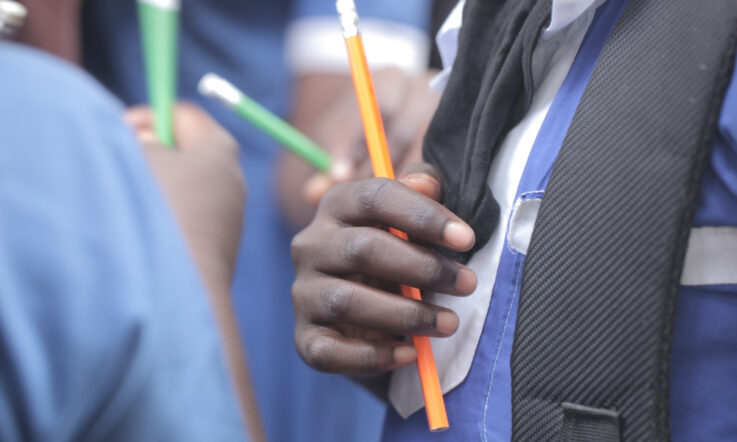A large-scale assessment of students in Southeast Asia has highlighted the positive impact of access to resources both at school and in the home on their learning outcomes. Availability of water and electricity at home, and the distance that students have to travel to school were also found to be important factors.
The South East Asia Primary Learning Metrics (SEA-PLM) program 2019 assessed the reading literacy, mathematical literacy and writing literacy of Grade 5 students in Cambodia, LAO PDR, Malaysia, Myanmar, Philippines and Vietnam. It found resources in the home have a significant effect on student success in reading, writing and mathematics.
SEA-PLM 2019 was jointly conducted by the Southeast Asian Ministers of Education Organization (SEAMEO) and UNICEF, with support from the Australian Council for Educational Research (ACER).
Jacqueline Cheng, Research Fellow in ACER’s Education and Development research program, and Jeaniene Spink, Research Director of the program, report on the findings in Discover. ‘When students have greater access to written texts and varied reading material in the home, they have more opportunities to engage in reading and writing practices outside school and to build their skills,’ they write.
‘Children who demonstrate a solid grasp of key foundational skills upon entering school consistently outperform those students who do not. This highlights the importance of creating an environment in the early years of school similar to a literate home environment, and focuses on building core foundational skills of language, vocabulary and communication.
‘… Strategies that increase communication with parents and provide practical solutions to empower them to engage with and support their child’s learning could have a significant impact.’
The assessment gathered information about children, their parents and communities, schools, teachers and school leaders, and the classroom environment through questionnaires (UNICEF & SEAMEO, 2020).
Discover reports that one-third of the teachers surveyed said barriers to student learning included hunger, lack of sleep and poor health. ‘In one country, this situation was particularly alarming – almost 85 per cent of teachers thought their students were in poor health.’
Highlighting the importance of quality instruction, the ACER researchers say one-quarter didn’t have any pre-service training on teaching the fundamentals of reading, writing and maths, and less than half were given training on how to support students with special needs. Teacher lateness and absence was also flagged as a problem by students in some countries.
Read the full article: Home and school environment critical to student success, published in ACER's Discover.
Stay tuned for more Teacher content exploring the SEA-PLM 2019 student achievement data.
References
UNICEF & SEAMEO. (2020). SEA-PLM 2019 Main Regional Report Summary: Children’s learning in 6 Southeast Asian countries. Bangkok, Thailand: United Nations Children’s Fund (UNICEF) & Southeast Asian Ministers of Education Organization (SEAMEO) – SEA-PLM Secretariat.
What strategies to do you have in place to build positive relationships with parents, families and the school community?
How often do you communicate with parents about what’s happening in the classroom and how they can support their child’s learning at home? Have you asked them about their preferred form of communication?



